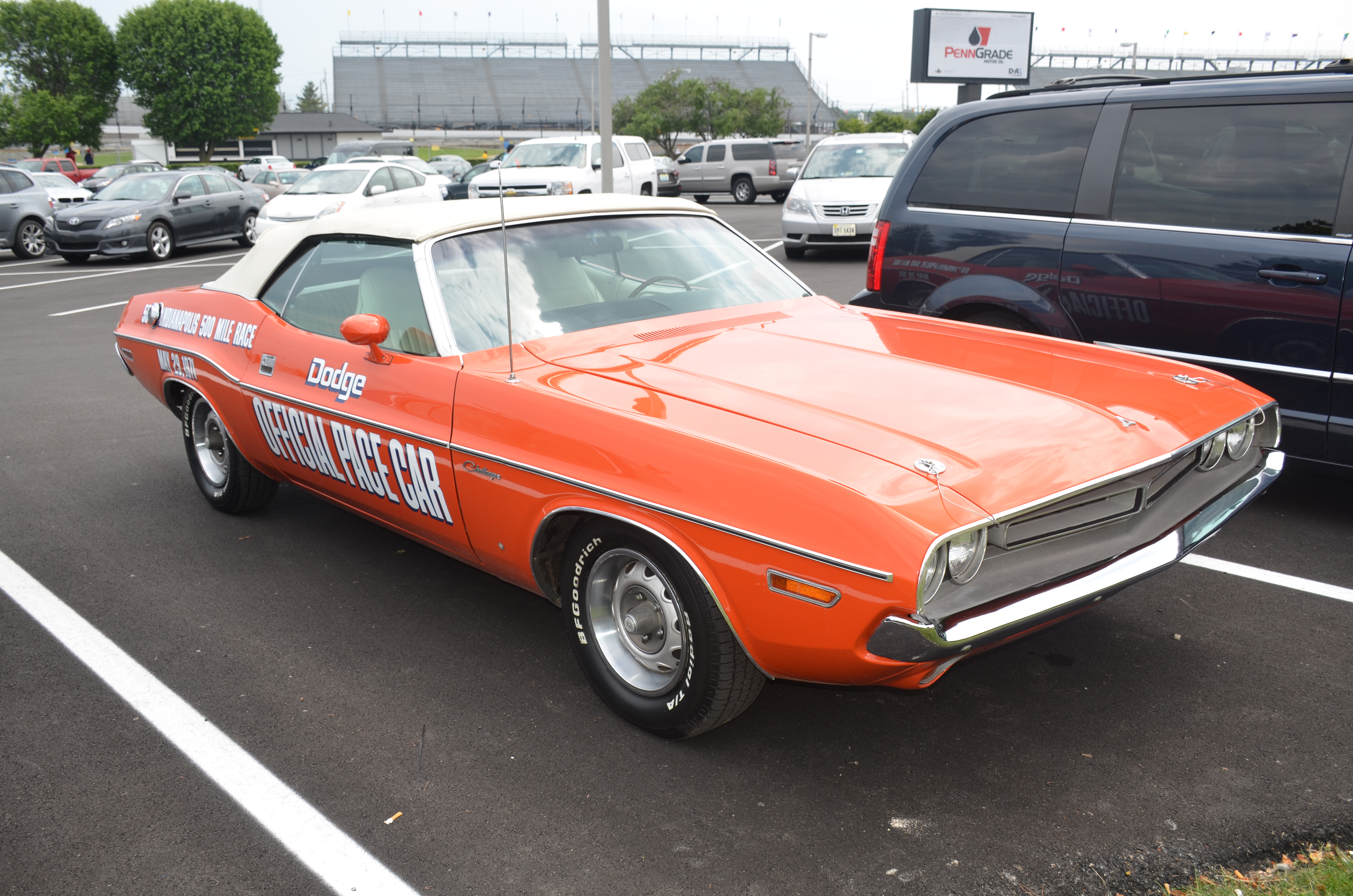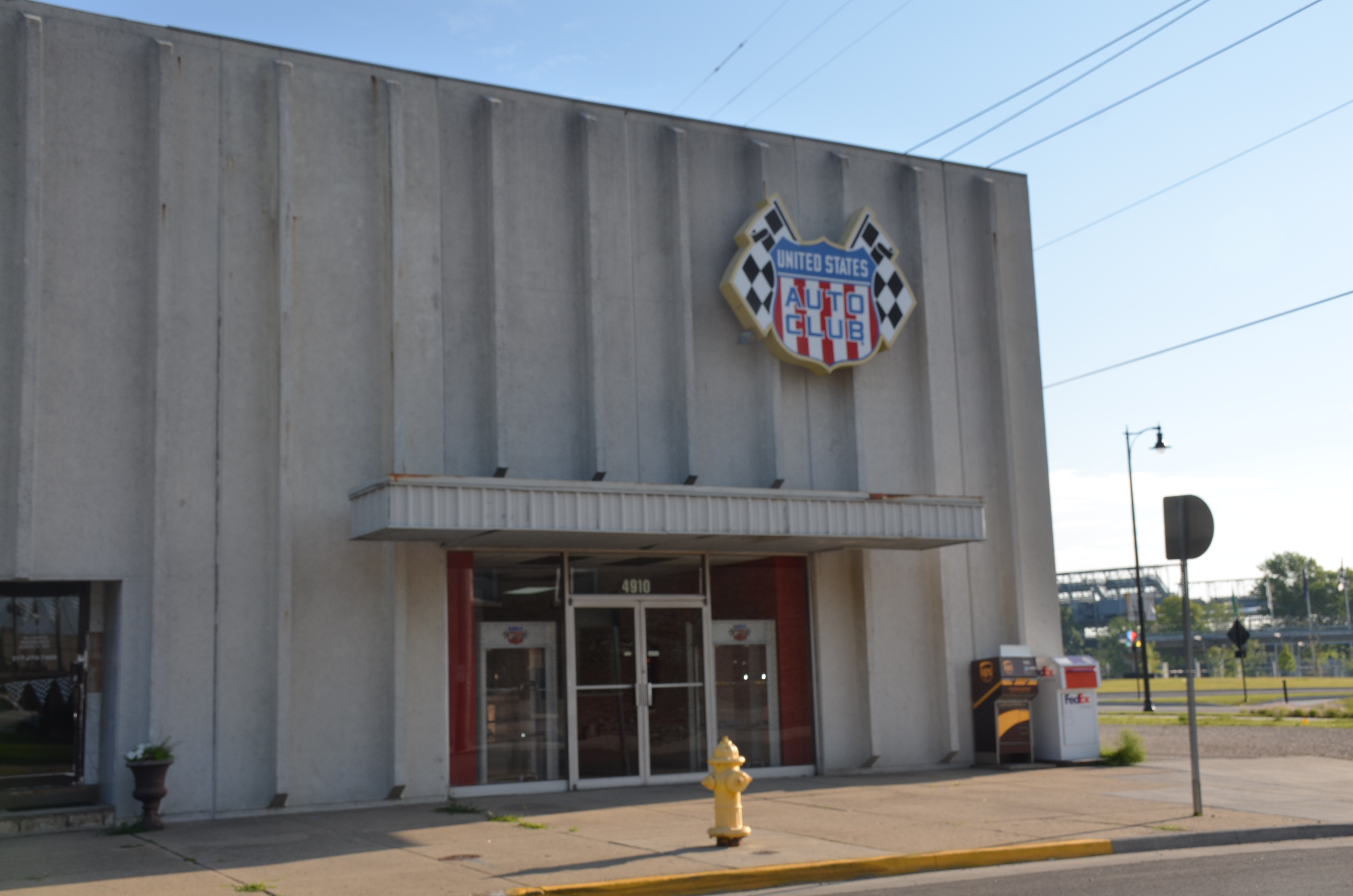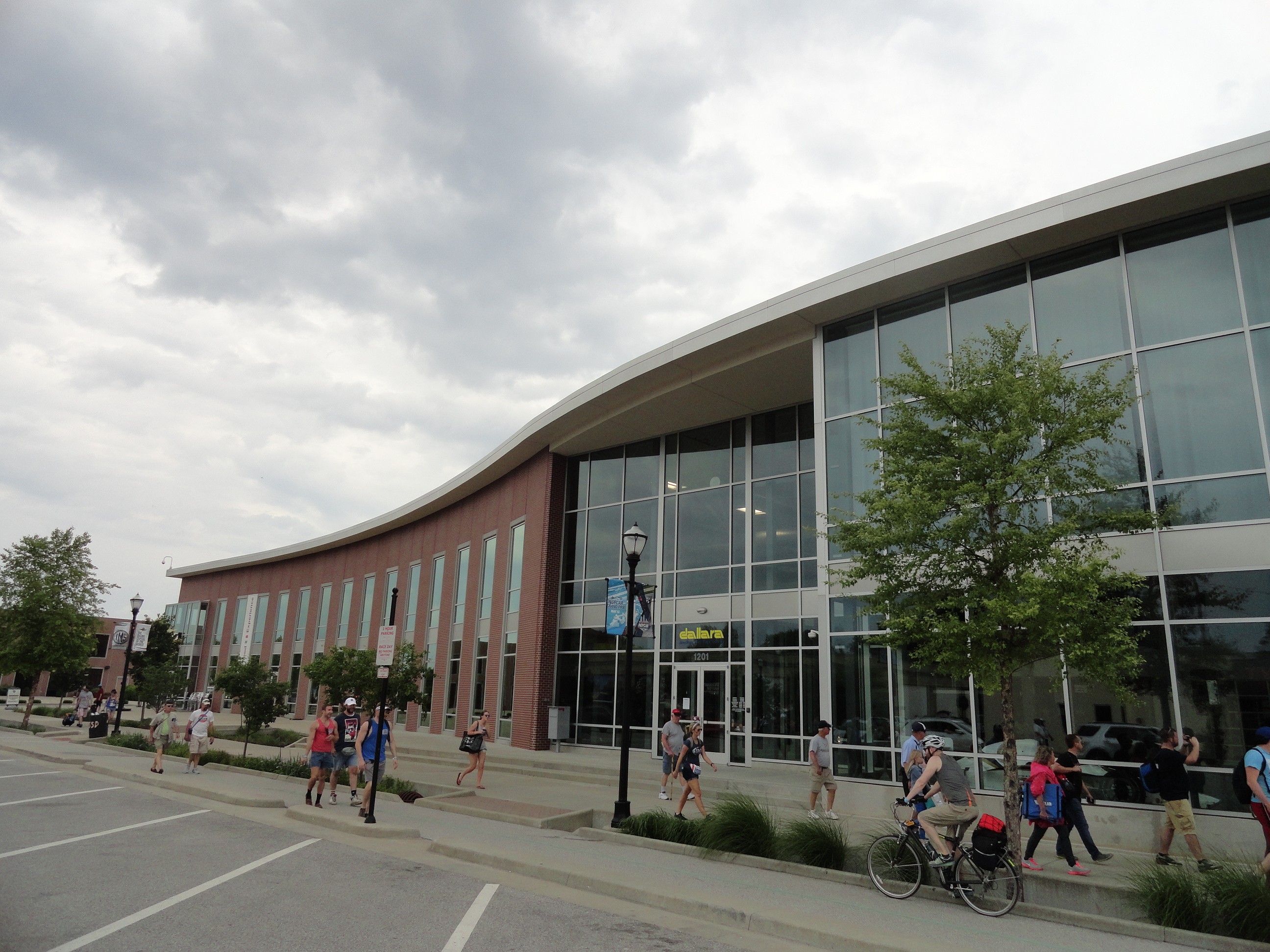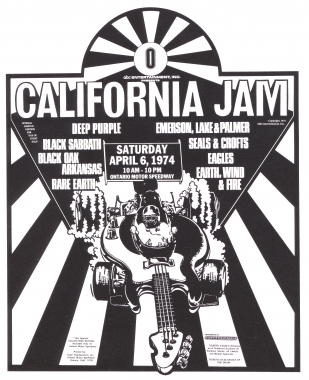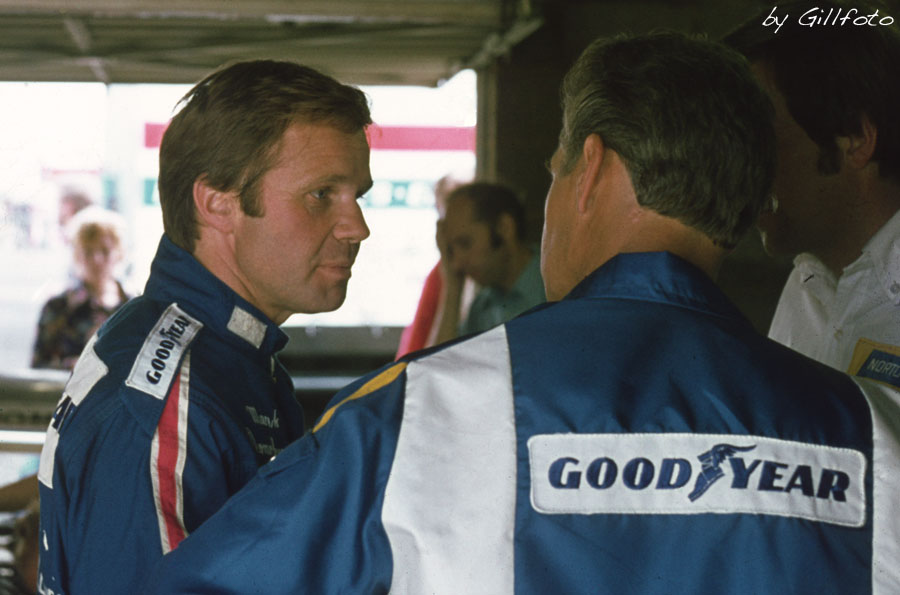|
1971 Indianapolis 500
The 55th 500 Mile International Sweepstakes was held at the Indianapolis Motor Speedway in Speedway, Indiana on Saturday, May 29, 1971. Al Unser Sr. won for the second consecutive year, dominating most of the race. Unser became the fourth driver to win the Indy 500 in back-to-back years, and it was his second of a record-tying four Indy victories. The race was marred by a crash involving the pace car at the start. Eldon Palmer, a local Indianapolis-area Dodge dealer, lost control of the Dodge Challenger pace car at the south end of the pit area, and it crashed into a photographers' stand, injuring 29 people, two seriously. Peter Revson started on the pole with a record speed of , more than a mile per hour faster than any other qualifier, with defending Indy 500 winner and USAC National Champion Al Unser in the middle of the second row. Mark Donohue, who qualified in the middle of the front row, took the lead at the start of the race and led the first 50 laps. A mechanical issue ... [...More Info...] [...Related Items...] OR: [Wikipedia] [Google] [Baidu] |
United States Auto Club
The United States Auto Club (USAC) is one of the sanctioning bodies of auto racing in the United States. From 1956 to 1979, USAC sanctioned the List of USAC Championship Car seasons, United States National Championship, and from 1956 to 1997 the organization sanctioned the Indianapolis 500. Today, USAC serves as the sport governing body, sanctioning body for a number of racing series, including the Silver Crown Series, National Sprint Cars, National Midgets, Speed2 Midget Series, .25 Midget Series, Stadium Super Trucks, and Pirelli World Challenge. Seven-time USAC champion Levi Jones (racing driver), Levi Jones is USAC's Competition Director. History When the American Automobile Association (AAA) withdrew from auto racing after the 1955 season, citing the 1955 Le Mans disaster, Le Mans disaster and the death of Bill Vukovich at 1955 Indianapolis 500, Indianapolis as contributing factors, both the Sports Car Club of America, SCCA and NASCAR were mentioned as its potential success ... [...More Info...] [...Related Items...] OR: [Wikipedia] [Google] [Baidu] |
Speedway, Indiana
Speedway is a town in Wayne Township, Marion County, Indiana, United States. The population was 11,812 at the 2010 U.S. Census. Speedway, which is an enclave of Indianapolis, is the home of the Indianapolis Motor Speedway. History Speedway was laid out in 1912 as a residential suburb. It took its name from the Indianapolis Motor Speedway. It is an early example of a residential community planned for the industrial plants located nearby. Carl G. Fisher, James A. Allison, Frank Wheeler, and Arthur Newby, founders of the Indianapolis Motor Speedway, planned the suburb of Speedway west of the track. Fisher and Allison owned plants that needed workers, the Prest-O-Lite factory and Allison Engine Company. The investors' goal was to create a city without horses, where residents would drive automobiles, as well as participate in creating mechanical parts for new modes of transportation. The Speedway Historic District was listed on the National Register of Historic Places in 2005. Geo ... [...More Info...] [...Related Items...] OR: [Wikipedia] [Google] [Baidu] |
Ontario Motor Speedway
Ontario Motor Speedway was a motorsport venue located in Ontario, California. It was the first and only automobile racing facility built to accommodate major races sanctioned by all of the four dominant racing sanctioning bodies: USAC (and now IndyCar Series) for open-wheel oval car races; NASCAR for a oval stock car races; NHRA for drag races; and FIA for Formula One road course races. Additionally, several motorcycle races were held at the track. Constructed in less than two years, the track opened in August 1970 and was considered state of the art at the time. The first full year of racing included the Indy-style open wheel Inaugural California 500 on September 6, 1970; the Miller High Life 500 stock car race on February 28, 1971, the NHRA Super Nationals drag race on November 21, 1970 and the Questor Grand Prix on March 28, 1971. Each of these inaugural races drew attendance second only to their established counterparts, the USAC Indianapolis 500, the NASCAR Daytona 500, th ... [...More Info...] [...Related Items...] OR: [Wikipedia] [Google] [Baidu] |
List Of USAC Championship Car Seasons
From 1956 to 1978, USAC Championship Car seasons featured the top teams and drivers in U.S. open-wheel racing. Until 1971, the Championship contained road courses, ovals, dirt courses, and, on occasion, a hill climb. Thereafter, the schedule consisted mainly of paved ovals. In 1979, the majority of car owners left USAC to race in the Indy Car World Series, sanctioned by the Sports Car Club of America and CART. This led to a decline in the number of events in the schedule, and by the 1984-85 season, the Championship comprised only one race, the Indianapolis 500. The era of USAC Championship Cars concluded with the formation of the Indy Racing League (IRL) in 1995, which was sanctioned by USAC until June 1997 when the IRL assumed officiating duties after the controversial finish of the 81st Indianapolis 500 and the scoring mistake that marred the following event. The most successful driver in USAC Championship Car history was A. J. Foyt with seven National Championsh ... [...More Info...] [...Related Items...] OR: [Wikipedia] [Google] [Baidu] |
Road Racing
Road racing is a form of motorsport racing held on a paved road surface. The races can be held either on a closed circuit or on a street circuit utilizing temporarily closed public roads. Originally, road races were held almost entirely on public roads. However, public safety concerns eventually led to most races being held on purpose-built racing circuits. Road racing's origins were centered in Western Europe and Great Britain as motor vehicles became more common in the early 20th century. After the Second World War, automobile road races were organized into a series called the Formula One world championship sanctioned by the Fédération Internationale de l'Automobile (FIA), while motorcycle road races were organized into the Grand Prix motorcycle racing series and sanctioned by the Fédération Internationale de Motocyclisme (FIM). The success and popularity of road racing has seen the sport spread across the globe with Grand Prix road races having been held on six continents ... [...More Info...] [...Related Items...] OR: [Wikipedia] [Google] [Baidu] |
Oval Track Racing
Oval track racing is a form of closed-circuit motorsport that is contested on an oval-shaped race track. An oval track differs from a road course in that the layout resembles an oval with turns in only one direction, and the direction of traffic is almost universally counter-clockwise. Oval tracks are dedicated motorsport circuits, used predominantly in the United States. They often have banked turns and some, despite the name, are not precisely oval, and the shape of the track can vary. Major forms of oval track racing include stock car racing, open-wheel racing, sprint car racing, modified car racing, midget car racing and dirt track motorcycles. Oval track racing is the predominant form of auto racing in the United States. According to the 2013 National Speedway Directory, the total number of oval tracks, drag strips and road courses in the United States is 1,262, with 901 of those being oval tracks and 683 of those being dirt tracks. Among the most famous oval tracks in No ... [...More Info...] [...Related Items...] OR: [Wikipedia] [Google] [Baidu] |
Dirt Track Racing
Dirt track racing is a form of motorsport held on clay or dirt surfaced oval race tracks often used for thoroughbred horse racing. Dirt track racing started in the United States before World War I and became widespread during the 1920s and 1930s using both automobiles and motorcycles. Two different types of race cars dominate — open wheel racers in the Northeast and West and stock cars in the Midwest and South. While open wheel race cars are purpose-built racing vehicles, stock cars (also known as fendered cars) can be either purpose-built race cars or street vehicles that have been modified to varying degrees. There are hundreds of local and regional racetracks throughout the nation. The sport is also popular in Australia, New Zealand, Canada, South Africa and the United Kingdom. Racetrack A dirt track's racing surface may be composed of any soil, although most seasoned dirt racers probably consider a moist, properly-prepared clay oval their favorite dirt racing surface. Pre ... [...More Info...] [...Related Items...] OR: [Wikipedia] [Google] [Baidu] |
1954 Indianapolis 500
The 38th International 500-Mile Sweepstakes was held at the Indianapolis Motor Speedway on Monday, May 31, 1954. The event was part of the 1954 AAA National Championship Trail, and was also race 2 of 9 in the 1954 World Championship of Drivers. Time trials Time trials was scheduled for four days. *Saturday May 15 – Pole Day time trials *Sunday May 16 – Second day time trials *Saturday May 22 – Third day time trials *Sunday May 23 – Fourth day time trials Starting grid = Indianapolis 500 rookie; = Former Indianapolis 500 winner Alternates *First alternate: Eddie Johnson (#26) — Johnson drove relief during the race Failed to qualify *Henry Banks (#26) - Retired *Joe Barzda (#54) * Bill Boyd (#47) * Wally Campbell (#66, #81) - Failed rookie test * Bob Christie (#66) * George Connor (#27, #32) - Retired * Ray Crawford (#32) - Entry declined *Jimmy Davies (#53) *Billy Devore (#93) *Duke Dinsmore (#62, #67) *Walt Faulkner (#44, #97) * Pat Flaherty (#39, #76, ... [...More Info...] [...Related Items...] OR: [Wikipedia] [Google] [Baidu] |
1953 Indianapolis 500
The 37th International 500-Mile Sweepstakes was held at the Indianapolis Motor Speedway on Saturday, May 30, 1953. The event was part of the 1953 AAA National Championship Trail, and was race 2 of 9 in the 1953 World Championship of Drivers. Bill Vukovich, after falling short a year before, earned the first of two consecutive Indy 500 victories. With the temperature in the high 90s (°F), and the track temperature exceeding , this race is often known as the "Hottest 500." Driver Carl Scarborough dropped out the race, and later died at the infield hospital due to heat prostration. Due to the extreme heat conditions, several drivers in the field required relief drivers, and some relief drivers even required additional relief. Vukovich, however, as well as second-place finisher Art Cross, both ran the full 500 miles solo. Race details Practice Sixteen-year race veteran Chet Miller died in an accident in practice on May 15. Qualifying Time trials were scheduled for four days. ... [...More Info...] [...Related Items...] OR: [Wikipedia] [Google] [Baidu] |
Bill Vukovich
William John Vukovich Sr. (; December 13, 1918 – May 30, 1955) was an American automobile racing driver of Serbian descent. He won the 1953 and 1954 Indianapolis 500, plus two more American Automobile Association National Championship races, and died while leading the 1955 Indianapolis 500. Several drivers of his generation have referred to Vukovich as the greatest ever in American motorsport. Racer Midget car Before he began Indy racing, Vukovich drove midget cars for the Edelbrock dirt track racing team. He raced on the West Coast of the United States in the URA, and won the series' 1945 and 1946 midget car championships. Vukovich won the 1948 Turkey Night Grand Prix at Gilmore Stadium, and six of the last eight races at the stadium track before it was closed for good.Biography at the |
Joe Leonard
Joe Leonard (August 4, 1932 in San Diego, California – April 27, 2017 in San Jose, California) was an American professional motorcycle racer and racecar driver. Biography Motorcycle career Leonard won the first A.M.A. Grand National Championship Series in 1954 and won it again in 1956 and 1957. His record totals 27 wins, including the 1957 and 1958 Daytona 200. He also resulted vice-champion in 1958, 1960 and 1961, third in 1955, and fifth in 1959. He retired from motorcycle racing at the completion of the 1961 season and turned his attention to auto racing. He was also a member of the AMA (American Motorcycle Association District 36) Sanctioned San Jose Motorcycle club (The Dons) which includes such famed alumni as Sam Arena, Tom Sifton, Kenny Eggers and Sam Arena Jr. USAC National Championship career Early years Leonard made his USAC National Championship debut during the 1964 season when he competed in five races for various teams. Leonard earned a best finish of 5th at ... [...More Info...] [...Related Items...] OR: [Wikipedia] [Google] [Baidu] |
Mark Donohue
Mark Neary Donohue Jr. (March 18, 1937 – August 19, 1975), nicknamed "Captain Nice," and later "Dark Monohue," was an American race car driver and engineer known for his ability to set up his own race car as well as driving it to victories. Donohue is probably best known as the driver of the 1500+ bhp "Can-Am Killer" Porsche 917-30 and as the winner of the Indianapolis 500 in 1972. Cars that Donohue raced include: AMC Javelin, AMC Matador, Chevrolet Camaro, Eagle-Offy, Elva Courier, Ford GT40 MK IV, Ferrari 250LM, Ferrari 512, Lola T70, Lola T330, Lotus 20, McLaren M16, Porsche 911, Porsche 917/10, Porsche 917/30, Shelby Cobra, and Shelby Mustang GT350R. Early life Born in Haddon Township, New Jersey, Donohue grew up in Summit, graduated from the Pingry School in Hillside, and entered Brown University in Providence, Rhode Island. At the age of twenty-two, while a senior at Brown, Donohue began racing his 1957 Corvette. He won the first event he entered, a hillclimb in Belk ... [...More Info...] [...Related Items...] OR: [Wikipedia] [Google] [Baidu] |
